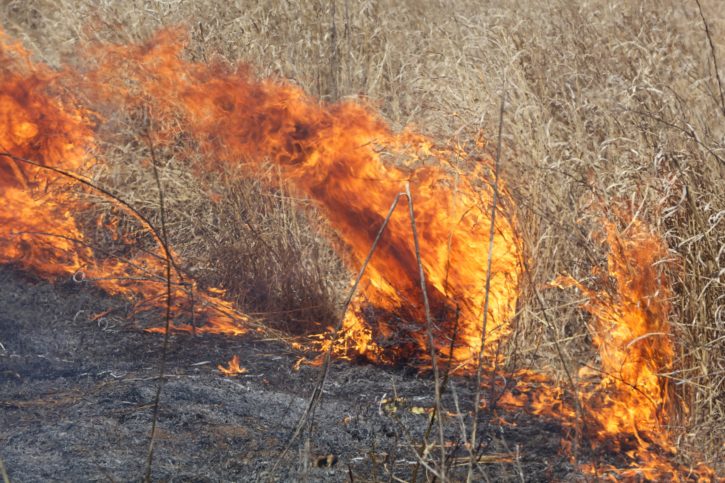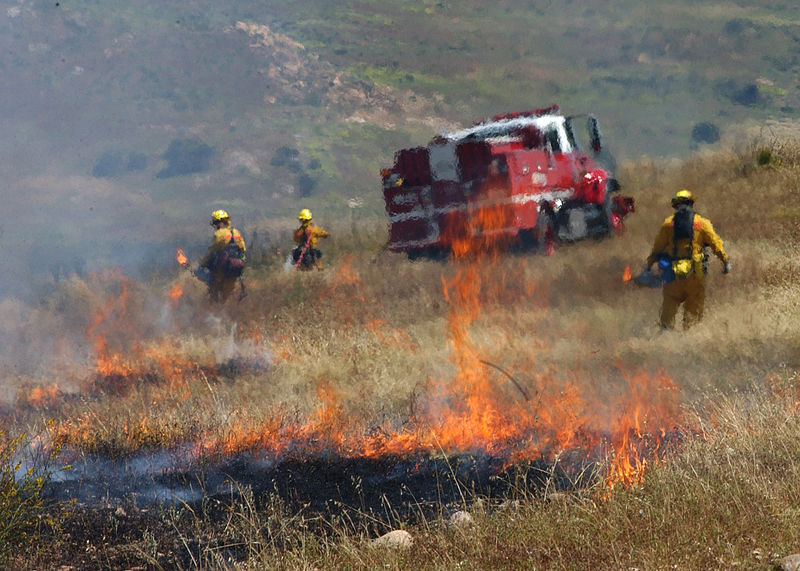It may seem contradictory, but the recent drought-quenching rains seen across much of the west may actually lead to more fine fuels and higher potential for wildfires. Thus far, 2024 has brought severe winter storms and record rainfall. These drenching rains the last two winters have been a welcome respite to many areas suffering from multi-year drought conditions. The excess water, however, has also brought flooding, landslides and the potential for increased wildfire risk. But does rain fuel fires?
Fine Fuel Growth
In areas that have experienced prolonged drought conditions or recent wildfires, rains often lead to an explosive growth of new vegetation. Much of this vegetation growth is in the form of native and non-native grasses. Moist fuels are an ideal fire retardant, but these grasses are very susceptible to drying out after just a short period of low humidity and high temperatures. Once dried, these “fine fuels” are easy to ignite. Something as small as an errant cigarette butt or a spark from a vehicle tail pipe is a sufficient catalyst to spark a wildfire. Once active, these wildfires can move rapidly and are prone to “spotting”. Spotting occurs when embers are blown to nearby fuels and cause multiple ignitions, making the wildfire difficult to contain.

Rapidly Spreading Fire in Fine Fuels.
Preparation
The ease with which these fine fuels can quickly dry and lead to hazardous conditions is one of the main factors fire managers consider when scheduling prescribed burns. Firefighters use prescribed burns to reduce the build up of fine fuels, thus decreasing the risk for wildfires in the future. Prescribed burns can also be used to establish fire breaks so that a small fire doesn’t become unmanageable. Individual homeowners can help with fire mitigation efforts by mowing grasses around their property and creating a defensible space.
Weather Outlook
Heavy rainfall has impacted the majority of the Western United States so far this year. The recent storms have saturated fuels, likely delaying the onset of fire season. The threat, however, will not be all together eliminated. Long range weather predictions are suggesting a return to La Nina and details are vague at best. The Old Farmer’s Almanac suggests that the majority of the United States should see a hotter, but wetter than normal summer. The National Interagency Fire Center is also somewhat optimistic, predicting a delay of fire season until at least June for California and a normal start for much of the West. It remains to be seen if the recent storms will be enough to help combat the increasingly hot summers and severity of recent wildfires.
Sources
https://www.fs.fed.us/fire/management/rx.html
http://www.auburn.edu/academic/forestry_wildlife/fire/fuels_effect.htm





One Comment